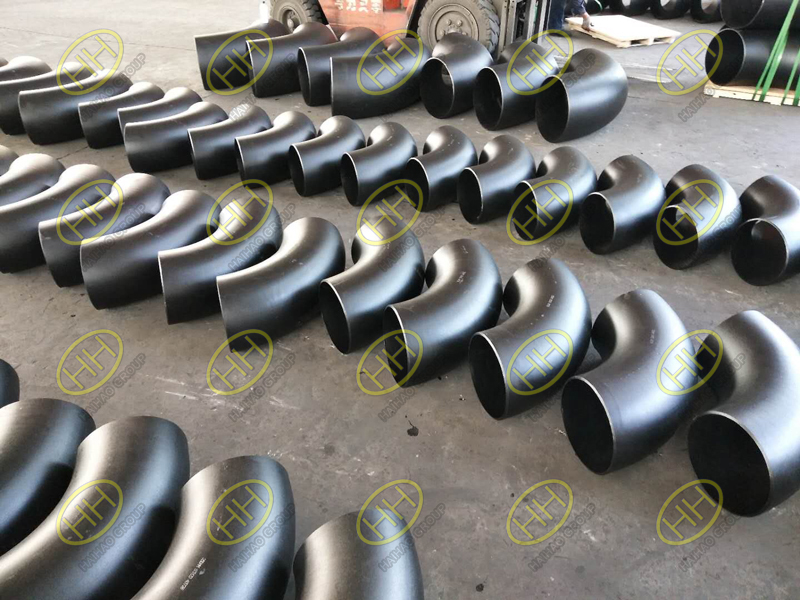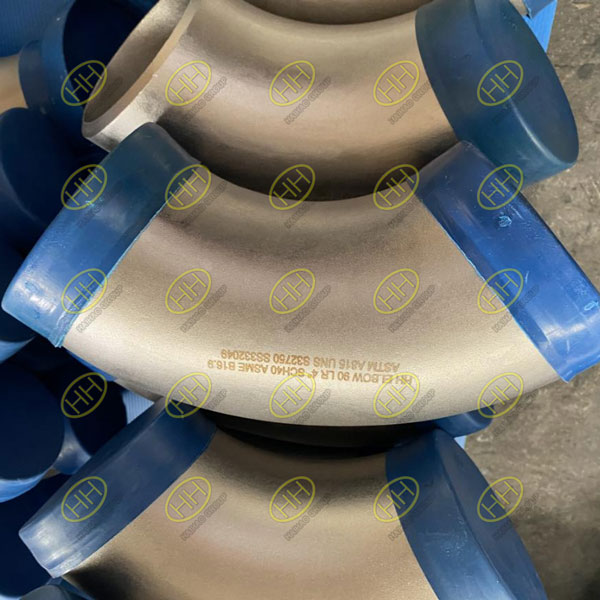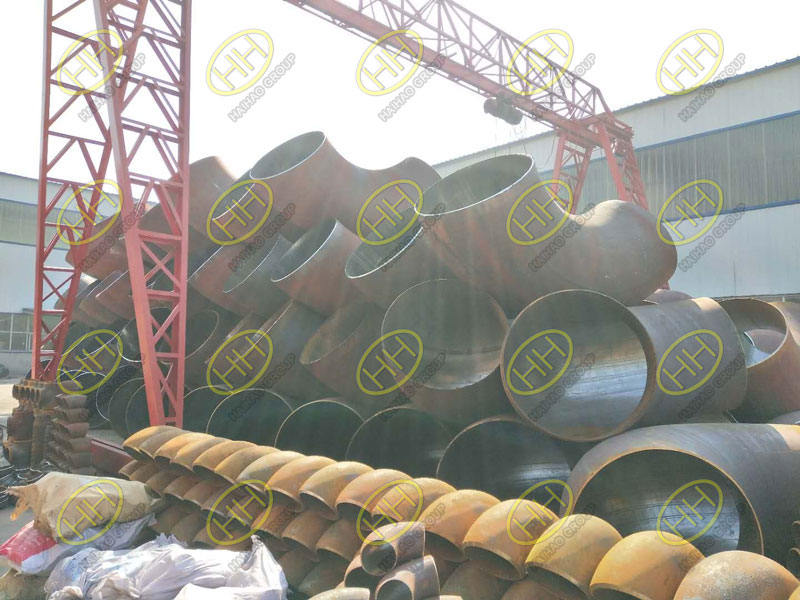Explore the world of pipe elbows: A comprehensive guide
In the world of piping systems, pipe elbows play a pivotal role in altering the direction of pipelines. Whether you’re in the heating industry, managing water supply, or working on gas pipelines, understanding the different types and specifications of elbows is essential for efficient and safe operations.
The bending angles of commonly used elbows are 90 °, 45 °, and 180 °. 180 ° elbows are also known as U-shaped elbows, and there are also special angle elbows, but there are very few.
Malleable steel elbow
Malleable iron elbow, also known as malleable iron elbow, is the most common threaded elbow. The specifications of malleable steel elbows are relatively small, with commonly used specifications ranging from 1/2 to 4 inches. According to their different surface treatments, they can be divided into two types: galvanized and non galvanized. This type of malleable steel pipe fittings is mainly used for heating, water supply and drainage pipelines, and gas pipelines. In the process, except for low-pressure pipelines that require frequent disassembly, other material pipelines are rarely used.
Pressed elbows
Pressed elbow, also known as stamped elbow or seamless elbow, is formed by pressing high-quality carbon steel, stainless acid resistant steel, and low alloy steel seamless pipes in a specially designed mold. Its bending radius is one and a half times the nominal diameter (R=1.5DN), and in special situations, an elbow with a bending radius equal to the nominal diameter (R=1DN) can also be used. Its specifications range from DN20 to 600mm. The wall thickness range is consistent with the table number of seamless steel pipes.
Pressed elbows are generally made by professional manufacturers or processing plants using standard seamless steel pipes for stamping and processing. When leaving the factory, both ends of the elbow should be machined with grooves.
Stamped welded elbow
Stamping and welding elbows are formed by stamping a sheet metal into a half circular elbow through a mold, and then assembling and welding the two half circular elbows into shape. Its bending radius is the same as that of seamless pipe elbows, with a specification range of over 200mm nominal diameter.
Welding elbow
Welding elbow, also known as shrimp waist or shrimp body elbow.
There are two methods of production:
One method is to use steel plates for cutting, rolling, welding, and forming in the processing plant, most of which are used for matching steel plate coils.
Another method is to use pipe material for cutting, which is formed through assembly welding, and its specification is generally above 200mm. The usage temperature should not exceed 200 ℃ and can generally be made on the construction site.
High pressure elbow
High pressure elbow is forged from high-quality carbon steel or low alloy steel. According to the pipeline connection form, both ends of the elbow are processed into threads or grooves, with high precision. It is required that the pipe thread and flange thread can be tightly matched and freely screwed in without loosening. Suitable for petrochemical pipelines with pressures of 22.0 and 32.0 MPa, commonly used specifications range from DN6 to 200mm.
Choosing the right pipe bend for your application is crucial for the success and safety of your project. At Haihao Group, we offer a wide range of pipe elbows to meet your specific needs. Contact us today for expert advice and top-quality pipe fittings.



